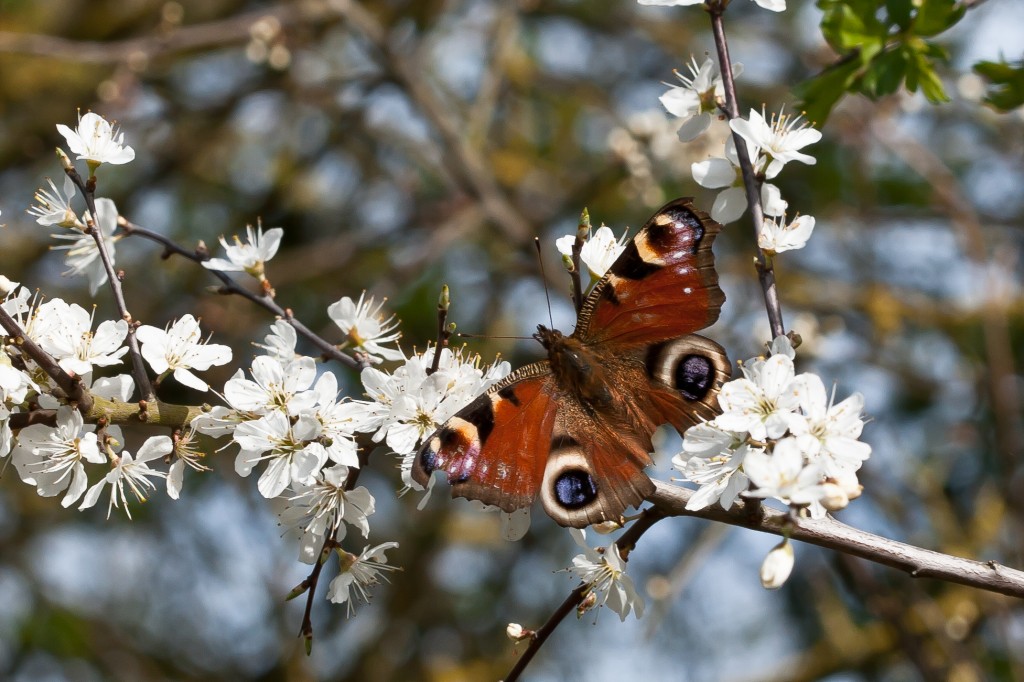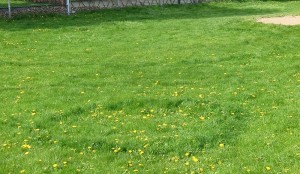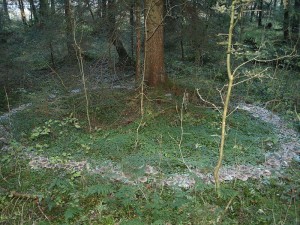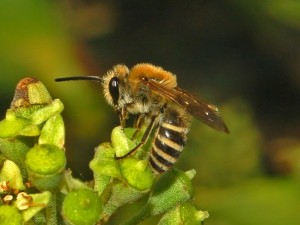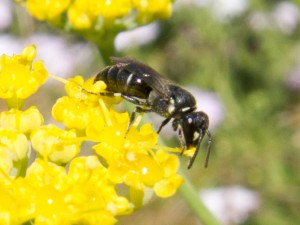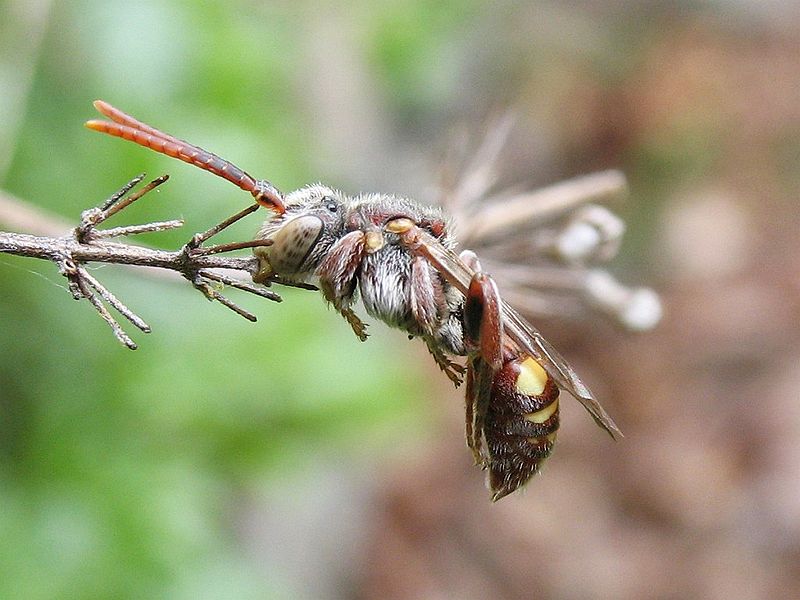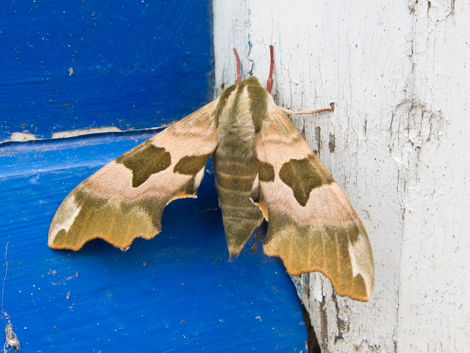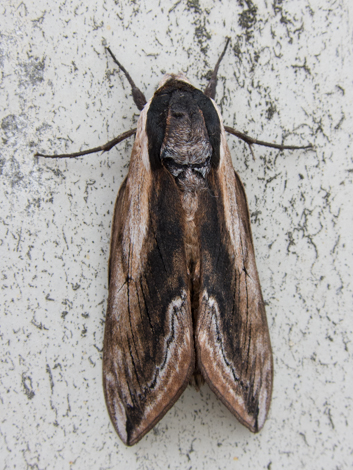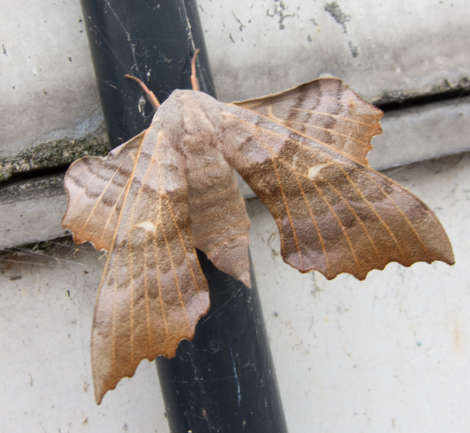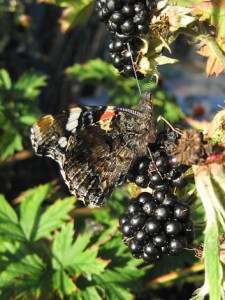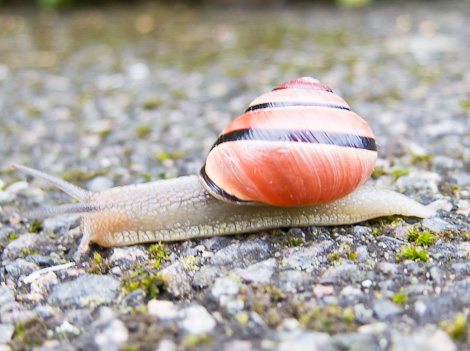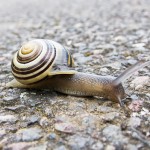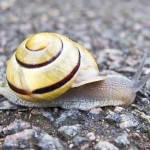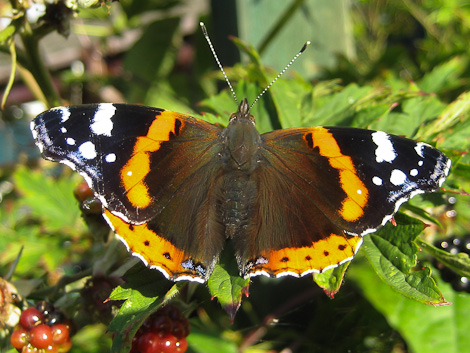Thanks to Radio 4 and Butterfly Conservation’s Richard Fox. I am talking about the peacock butterfly, one of the four butterflies that overwinter in the UK and, along with the Small Tortoiseshell, the Peacock is the one you might come across in your garage or shed. (In case you are interested the other two butterflies are the Brimstone and Comma, both of which spend the winter in vegetation disguised as leaves.)
Apparently about half of the adult butterflies overwintering (they go dormant rather than hibernate) are predated and don’t make it through to spring. But, the peacock increases its chances threefold. Firstly the outside of their wings is dark, almost black making them difficult to see in the dark places they find for winter. In daylight their bright markings are thought to resemble eyes and either put off predators or cause them to attack the wings, away from their body. When they are attacked they flap their wings making quite a lot of noise (you can clearly hear them in the summer when they are feeding in the garden).
All these are things that I already knew about, but what I didn’t know is just how effective the defence mechanisms of the peacock are. Their bright colours and eye patterns just don’t help when their predators, often bats and mice, are usually looking for food in the dark. However, the clicking of their wings has been demonstrated to scare off mice and bats – after a close encounter with a predator the butterflies tend to move to somewhere safer to spend the winter. However, even more amazing, when they are out in the sunshine, not only do the bright colours and eyes help them see off predators such as blue tits, but they have apparently been shown to scare birds as large as chickens causing them to start making the same alarm calls as when they come across predators such as foxes.
I wonder what the chicken sees and thinks it has found? So, when you next see a peacock butterfly, don’t underestimate it…
